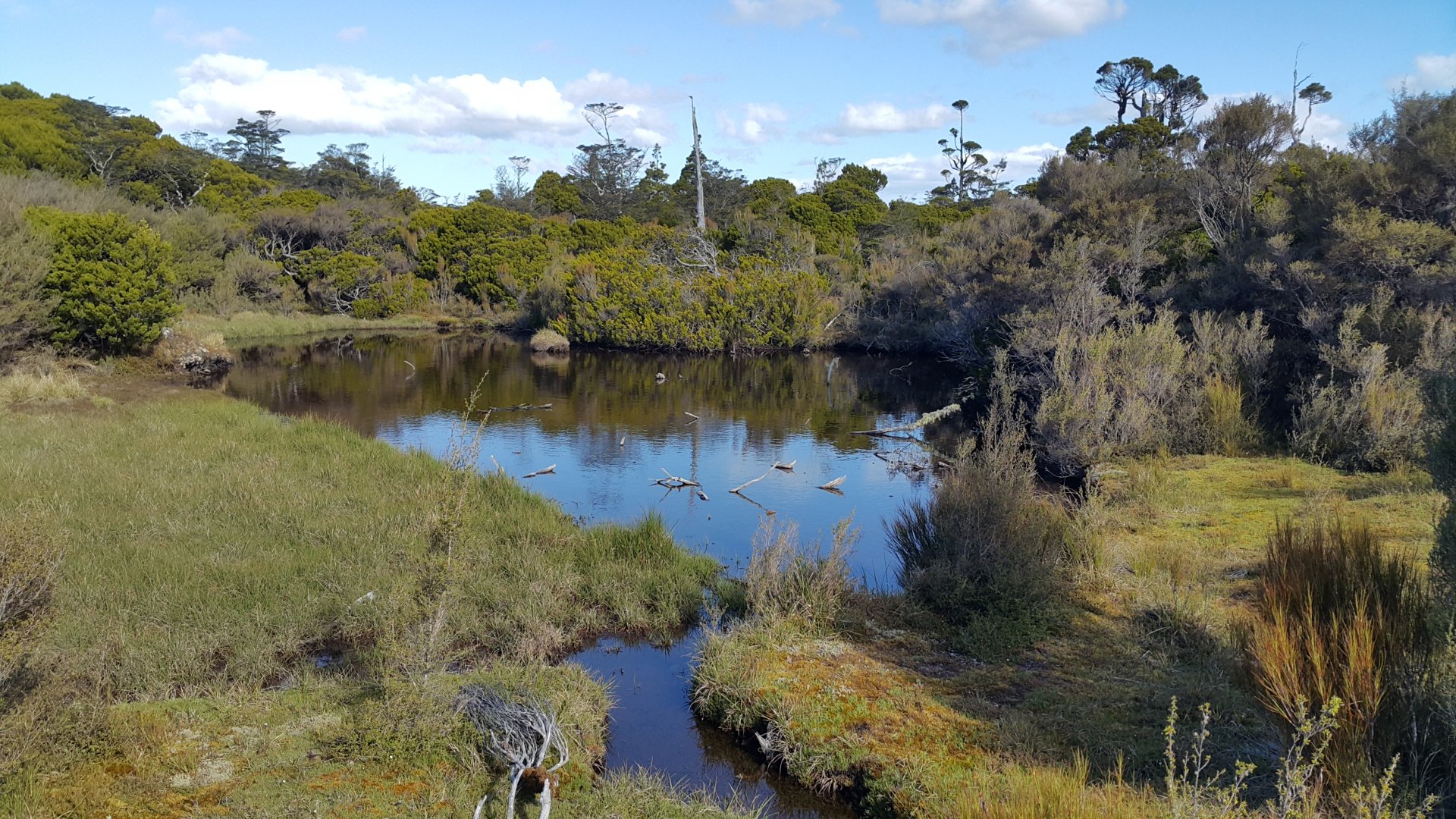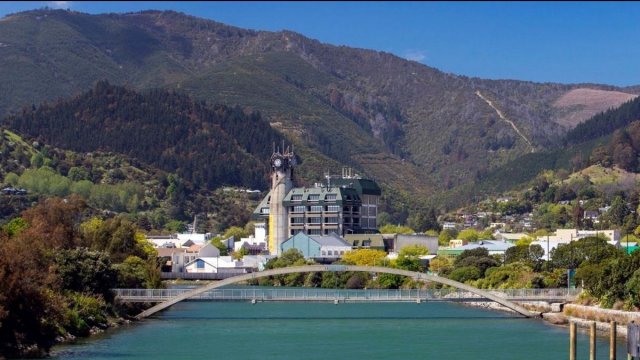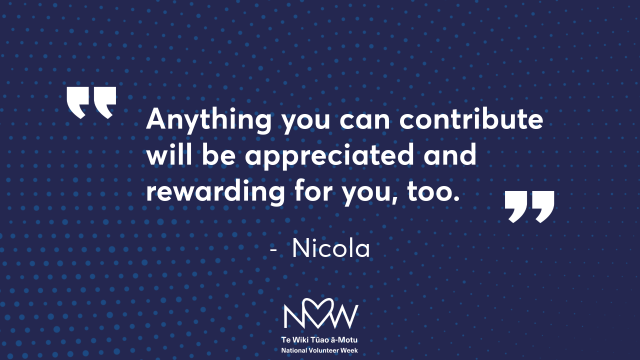Project Mahitahi: Restoring ecological health of the Maitai/Mahitahi Valley forest ecosystems
20/05/2021 3:05am
Project Mahitahi is a collaborative programme of works aimed at restoring the ecological health of the Maitai / Mahitahi / Maitahi Valley forest ecosystems.
The River is taonga for iwi of Te Tau Ihu, and all iwi in the region have statutory acknowledgement over this special place.
You will see the river and surrounding area referred to by different names, as this reflects the history of the many peoples who have travelled here and made it home.
From the Dun Mountain Range at the top of the catchment, to the sea, the Maitai catchment is home to a range of different plants, birds, and other fauna such as the Nelson green gecko and the giant land snail – some of which are found nowhere else but here.
Work to reduce the presence of invasive pest plants and animals and enhance existing native bush with further planting, is being carried out by staff employed through the Government's Jobs for Nature Programme.
You may see evidence of this work, such as the removal of pest trees including sycamore and wilding pine trees, and control of vines like old man's beard.
Trees that are being removed are those which have found their way here through seed spread, or when there was less awareness of their potential to invade native habitats.
This work will take time and there may be dead trees left standing to decay in situ before we start planting. The exciting part will be new plantings appearing and taking the place of invaders.
The Ministry for the Environment and the Department of Conservation have granted $3.7 million towards this work.

Project Mahitahi builds on existing work that Council and other landowners are doing in the catchment, such as the retirement of some of the plantation forestry blocks, weed control on esplanades and in conservation reserves, and enhancement planting.
Of the 125,000 plants being planted over the next five years, at least 1500 each year will be iconic, canopy species which would have once dominated the slopes and valley floor of the Maitai/Mahitahi catchment– for example Tanekaha, Rata, and Matai.
Project Mahitahi is co-governed and co-designed by members of the Kotahitanga mō te Taiao Alliance, with representation on the Project Governance Group by Ngāti Koata Trust, Te Rūnanga o Ngāti Rārua, Te Ātiawa Trust, Nelson City Council, and the Department of Conservation.
A range of contractors have agreed to be employers of Jobs for Nature staff, funded by the Government grants, including Kūmānu Environmental, Fulton Hogan, Easy Trails, the Brook Waimārama Sanctuary, and Ngāti Koata Trust.
Mahitahi means to work together, which is an accurate description for this Project, the first of its kind funded under the Kamahi for Nature programme.
To capture the spirit of this work, Maya Speers (Ngāti Koata, Ngāti Kuia) has designed a beautiful logo which she describes as representing "working together in a partnership to achieve a common goal.

The lower half is the awa. The three lines repeated between represent the water. The image contains the mangopare - symbol of strength, courage, and will.

This combines with the flax weaving and other patterns to show strength in unity.
The mangopare is facing/moving up indicating progression.
The upper half is the land, native plants, valley. The koru and nodes coming off the sides illustrate the life and new growth of the project and the Maitahi.
Weaving of harakeke describes the collaboration between the project partners and the wider community to deliver the restoration of the mauri of the Maitahi."
Maya, a former Nelson College for Girls student, is a second-year engineering student at Te Whare Wānanga o Tāmaki Makaurau.
Maya says, "My journey connecting with my whakapapa has been aided by an interest in mahi toi Māori, and I have recently been learning about correct context and meanings behind all the many types of designs within traditional mahi toi Māori."
The design, which was selected by the Ngāti Koata Kaumātua Council and the Project Mahitahi Governance Group, is an inspiring visual representation of the river and what it means to all people in Whakatū Nelson.
 Community Planting Programme
Community Planting Programme
This upcoming planting season will see the first 26,000 plants of the total 125,000 being planted throughout the catchment, including through a series of commemorative plantings funded through the Ministry for Primary Industries' (MPI) Matariki tu Rakau programme.
Matariki tu Rakau supports tree planting to commemorate the contribution that people and their work have made to our region. There are some remarkable stories to be celebrated.
Bring your family and friends along to plant a tree for the future and help restore the mighty forests of the Maitai. Project Mahitahi is grateful for the assistance provided through MPI, and our community partners who are commemorating the people and events that have helped shape the place we live in today.
Saturday 29 May, 1.30pm-3.30pm (Postponed until further notice because of wet weather)
Where: Maitai Mahitahi Wetland, adjacent to the Maitai Campground
What: In partnership with Multicultural Nelson Tasman and Friends of the Maitai, this planting will commemorate the journeys that many people have made to a new home in Nelson Whakatū and celebrate the vibrant community that we are today. This is year one of a three-year project.
We will provide food and warm drinks to volunteer planters and will have some games and educational opportunities for the younger participants.
Sunday 11 July, 1pm-3pm
Matariki is the name given to the cluster of stars, also known as Pleiades, that rise in midwinter. It is a time to remember those who have passed in the previous year, and to celebrate new beginnings. It is a time to plant for the future.
Where: Sunday Hole
What: This three-year project will commemorate Kākati, the common ancestor of six of the iwi of Te Tau Ihu, and who lived approximately 20 generations ago. Kākati is immortalised in the name of the Wharenui (Meeting House) of Whakatū Marae (see the Prow website for more details).
This Matariki event, which will be held here over the next three years continuing the planting down the river esplanade, will commemorate this connection between people and land. This commemoration was chosen by the Ngāti Koata Kaumātua Council.
Food, education, and entertainment will be provided to volunteer planters. Keep a look out for more details on this commemorative event closer to the time.

Sunday 5 September, 9am- 4pm
Where: Smiths Ford
What: Get in touch with Project Mahitahi and sign on for a ticket to this event! Commemorating our botanical heritage, in partnership with Friends of the Maitai, join the bus tour to learn more about the Maitai / Mahitahi / Maitahi and the plants and wildlife that can be found here.
We will begin our journey near the Haven, to learn about the importance of the estuarine environment for the fish and plants that live in the mixing zone.
Continue up the catchment to hear about an exciting wetland project and the importance and functioning of wetland systems.
At the Maitai Reserve, learn about the forest canopy, and enjoy a picnic lunch (and get a rare peak inside the workings of the Maitai Dam). We will then head back downstream to Smiths Ford where 1200 plants will extend the existing riparian margins along the river.
Finish up with a warm drink at Sunday Hole. Along the way, you will hear insights and perspectives on the cultural significance of the Maitai, the ecological values, and the history of botanical knowledge – there are some great stories!
The seats will be limited, so sign up and save a place. Children are welcome, but note the length of the day so it may be a more suitable event for older children, who are keen amateur naturalists.

Other commemorative events happening
The Cawthron Institute will also be undertaking a commemorative planting to celebrate 100 years of science in Nelson, and the contribution of Thomas Cawthron as part of their centennial year.
Nelson College for Girls students will plant a commemorative planting, near Nile Street, acknowledging the contribution of Kate Edgar, the first principal of Nelson College for Girls and the first woman in the commonwealth to receive a Bachelor of Arts – a commemoration of women in education in a place of long standing significance to the generations of students at the College.
To receive early notification of these planting events, and to keep up to date with any changes to these events because of weather or unforeseen circumstances, sign up to our mailing list. From time to time we will also send out a short newsletter to let you know about what we have been doing and how work is progressing across the next five years of this restoration project.
Email project.mahitahi@ncc.govt.nz or call Alesia on 03 546 0232.




